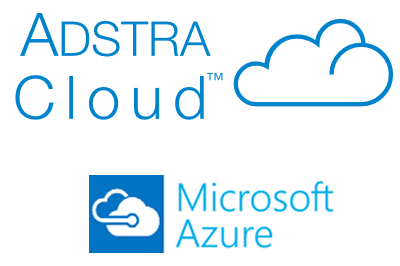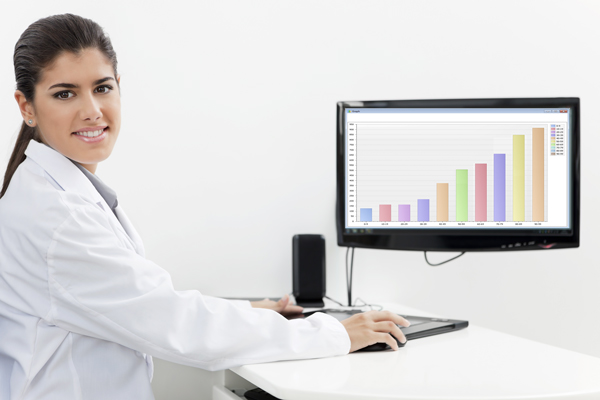ADSTRA Cloud Paperless Dental Software Solution
For over 20 years, ADSTRA Dental Software has been a leading provider of paperless dental software. During this time, ADSTRA was selected by Lockheed Martin Canada to supply the paperless dental software component for the Canadian Department of National Defence’s state-of-the-art health care system.
To satisfy their users’ needs to access the same database from multiple locations, ADSTRA developed their cloud solution in 2015 which combined their three successful modules: ADSTRA Management, Clinical and Imaging, creating ADSTRA Cloud.
Choosing to partner with Microsoft Azure, the industry leader in cloud solutions ensured that ADSTRA Cloud would provide the highest standard for a safe and secure cloud-based paperless dental software solution.
ADSTRA’s one-stop solution also has the advantage of scalability offering an ideal paperless dental software set-up for small and large offices alike, and useful to either single or multi-location practices.
The three main components work seamlessly to encompass all computer needs based on the area of responsibility for each staff member.
ADSTRA Management provides the ability to run the administrative aspect of your dental practice smoothly and without the need for paper documents. Appointments, Financial Records, Patient Communication, Insurance Claims and even SMS Reminders are just a click away.
ADSTRA Imaging is flexible and scalable – capable of working with a variety of dental imaging devices providing a solution that is sure to meet your imaging needs. The various dental treatment infographics that are included in ADSTRA Imaging can be effectively used to improve patient knowledge and understanding of treatments, and increase case acceptances. Moreover, reports for referring dentists can be created with just a few clicks, increasing your overall efficiency and effectiveness.
ADSTRA Clinical allows charting patients’ examinations, odontograms and perio exams and recording dental treatments and treatment plans. Templates can be easily used within ADSTRA Clinical, minimizing the need for manual input. In addition, new exams start with the patients’ previous chart, simplifying the process with only new conditions needing to be charted. Furthermore, ADSTRA Clinical works seamlessly with ADSTRA Management and ADSTRA Imaging: users can view images from ADSTRA Imaging side-by-side with patient’s appointments from ADSTRA Management.
ADSTRA Dental Software provides the optimal cloud-based paperless dental software solution for your dental practice software needs by combining the capabilities of the three main ADSTRA Dental Software modules with the safety and security of Microsoft managed servers hosted on the Microsoft Azure platform.
Implement the ADSTRA cloud-based paperless solution in your dental practice, and experience all the benefits it has to offer.






